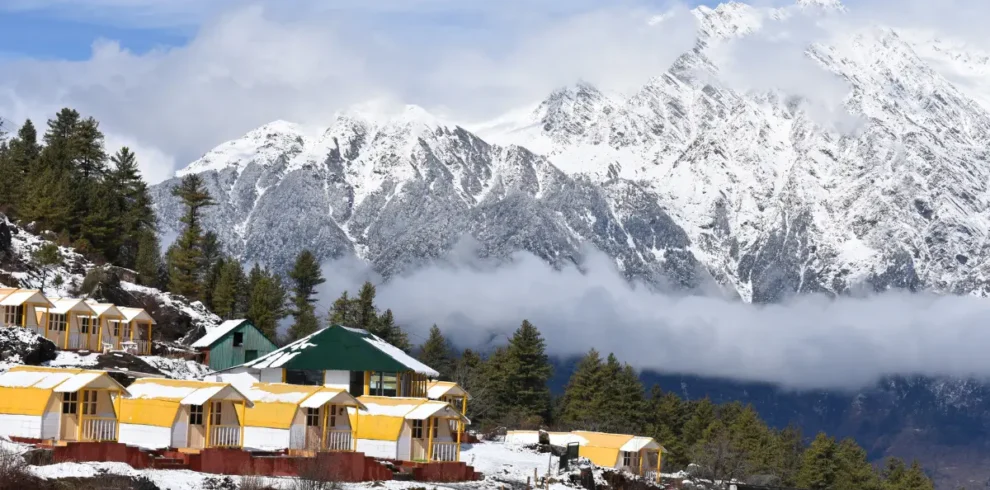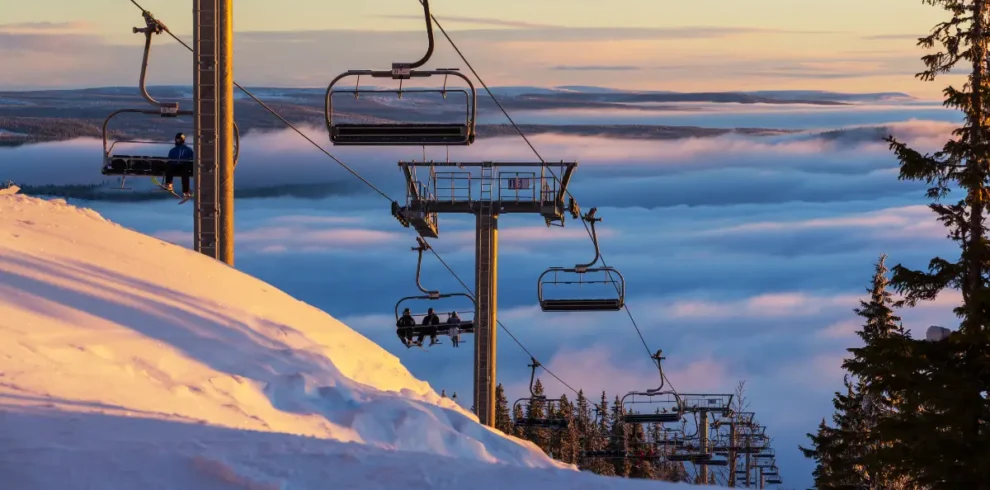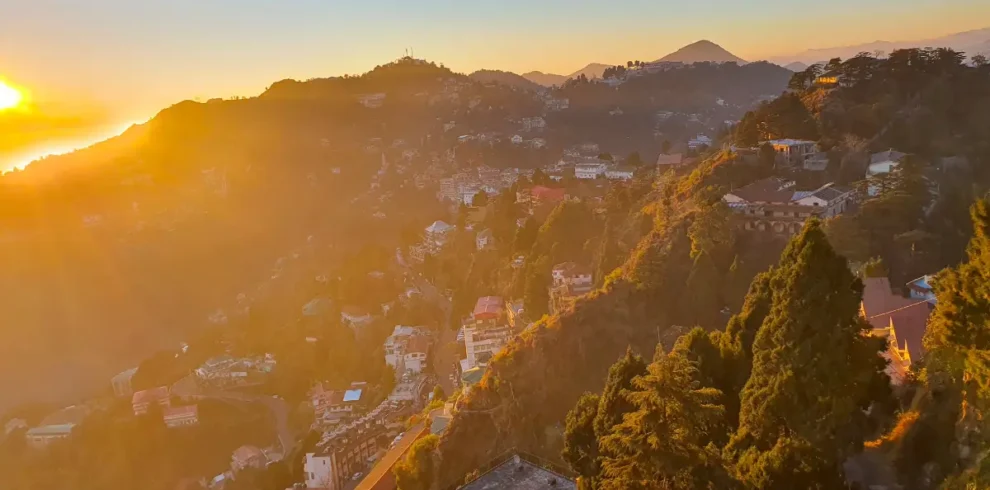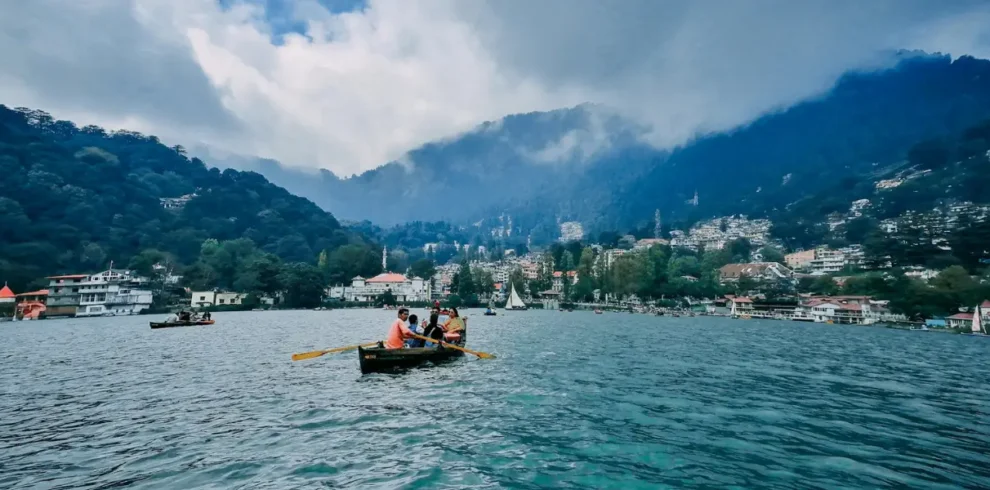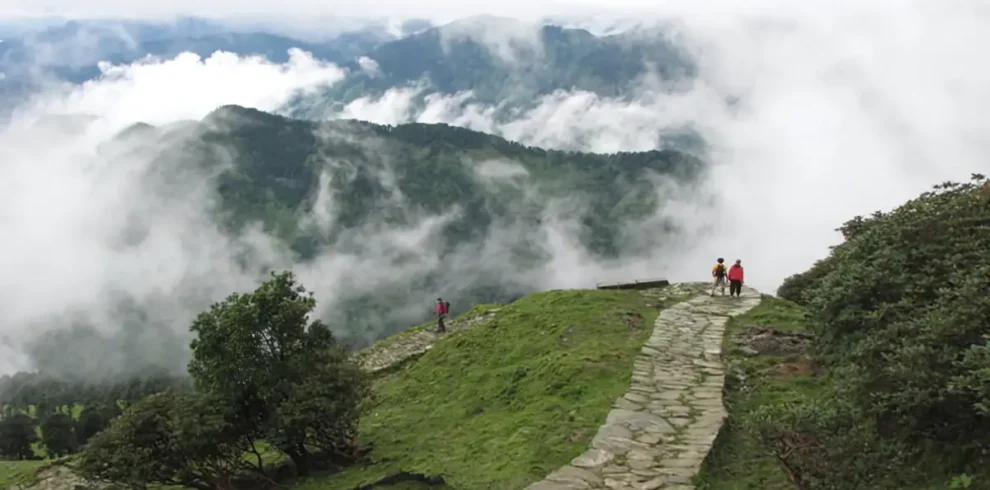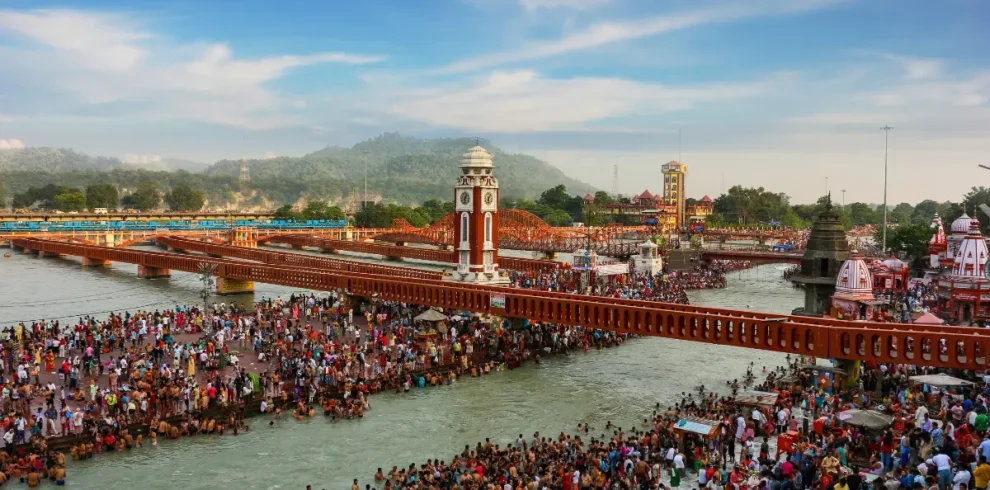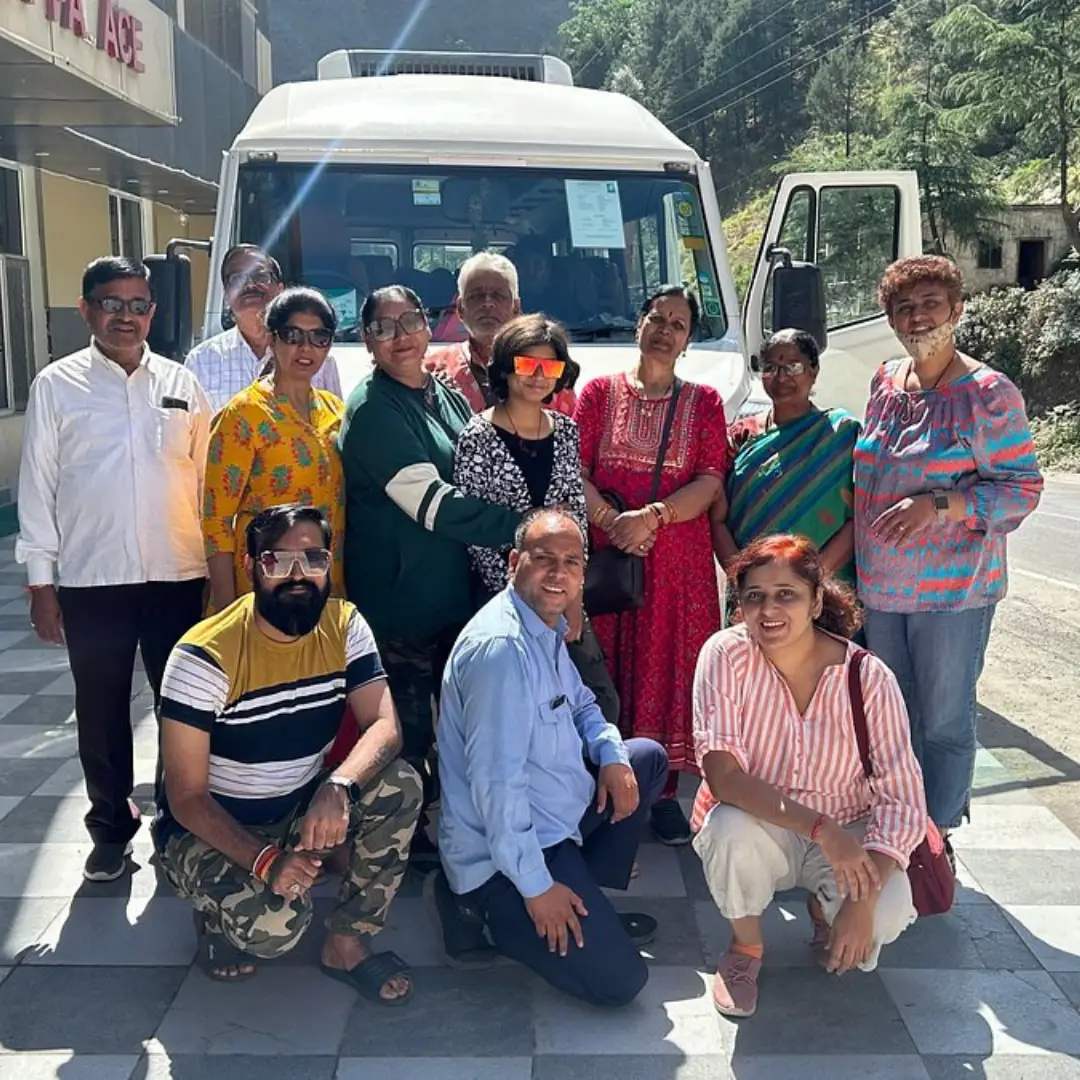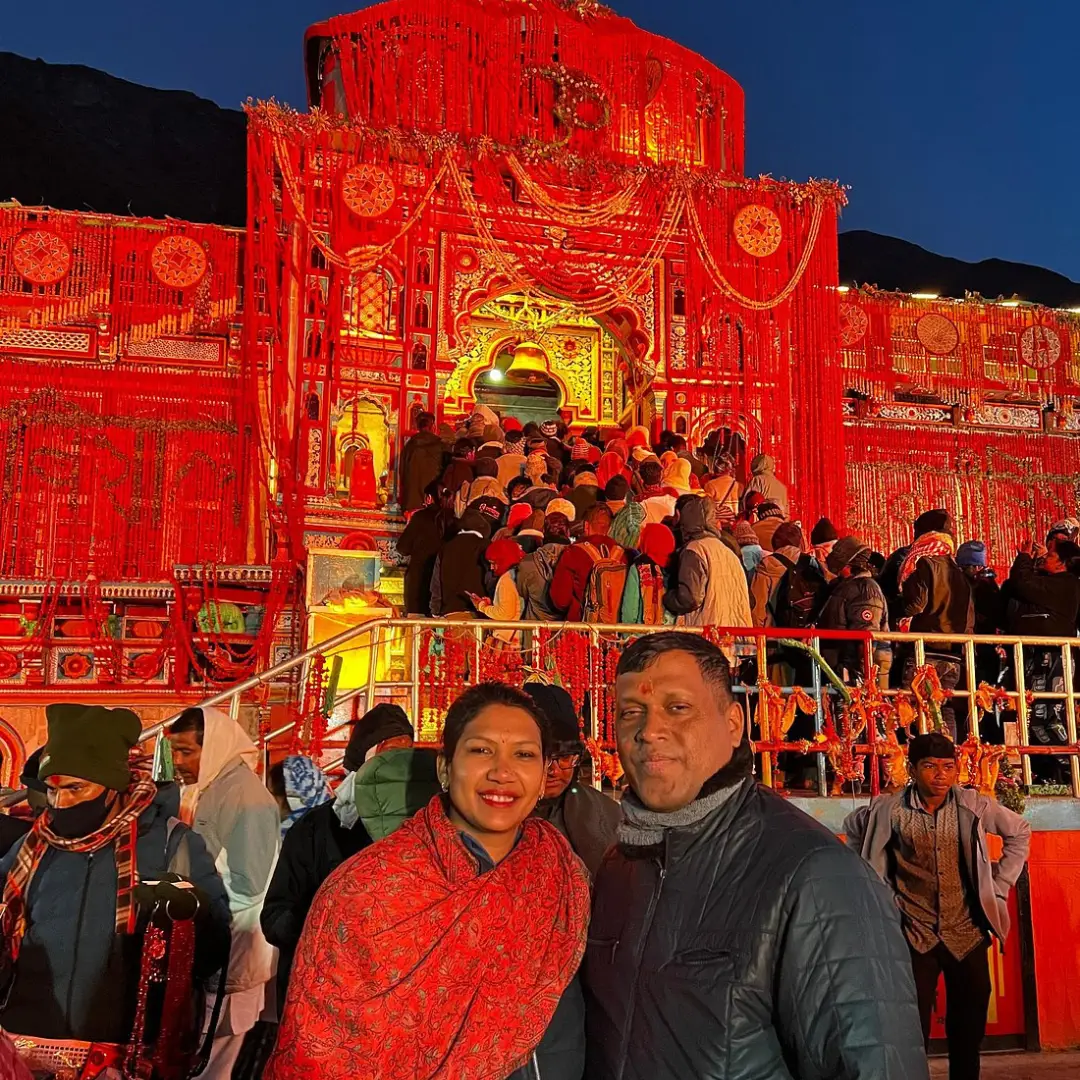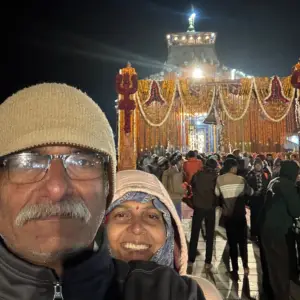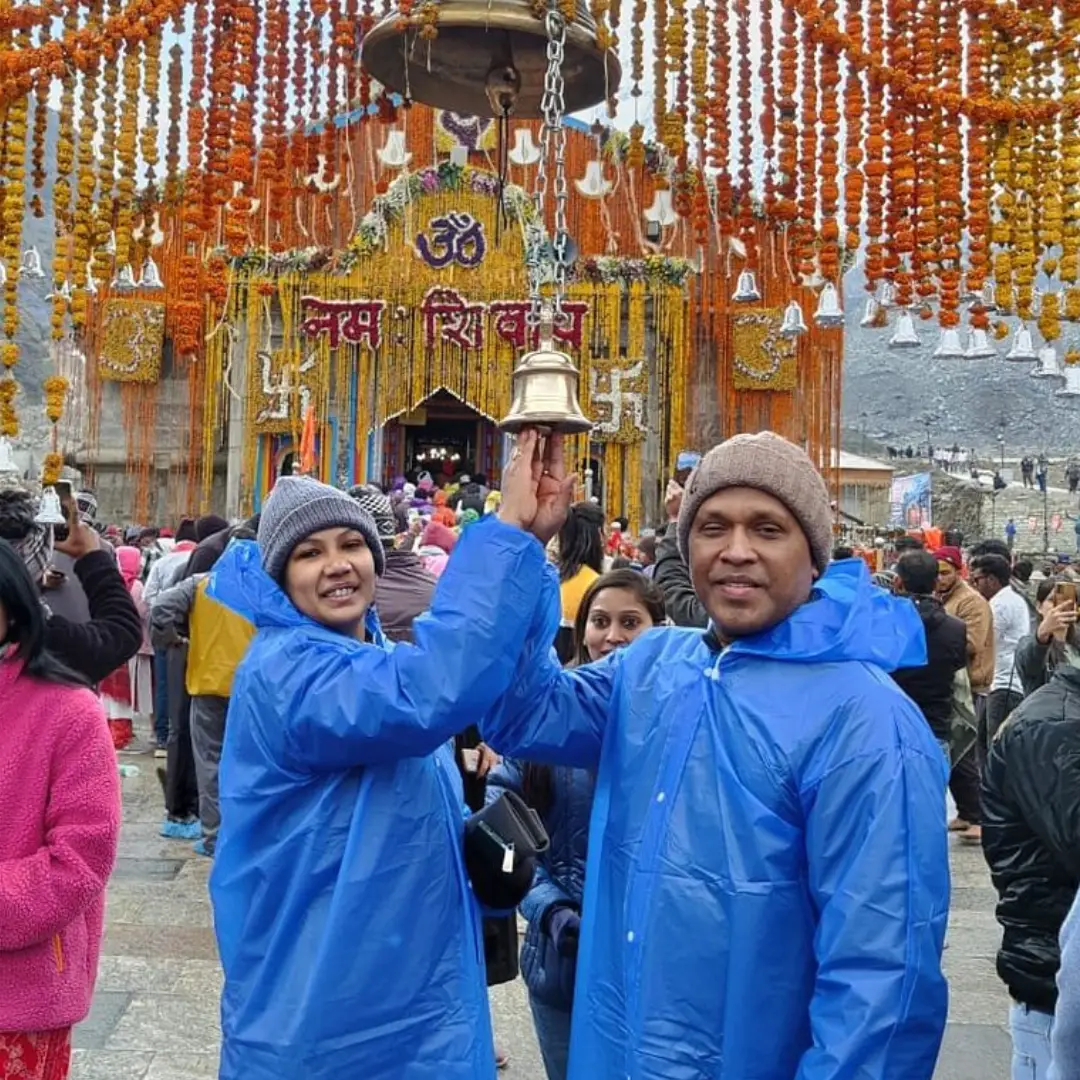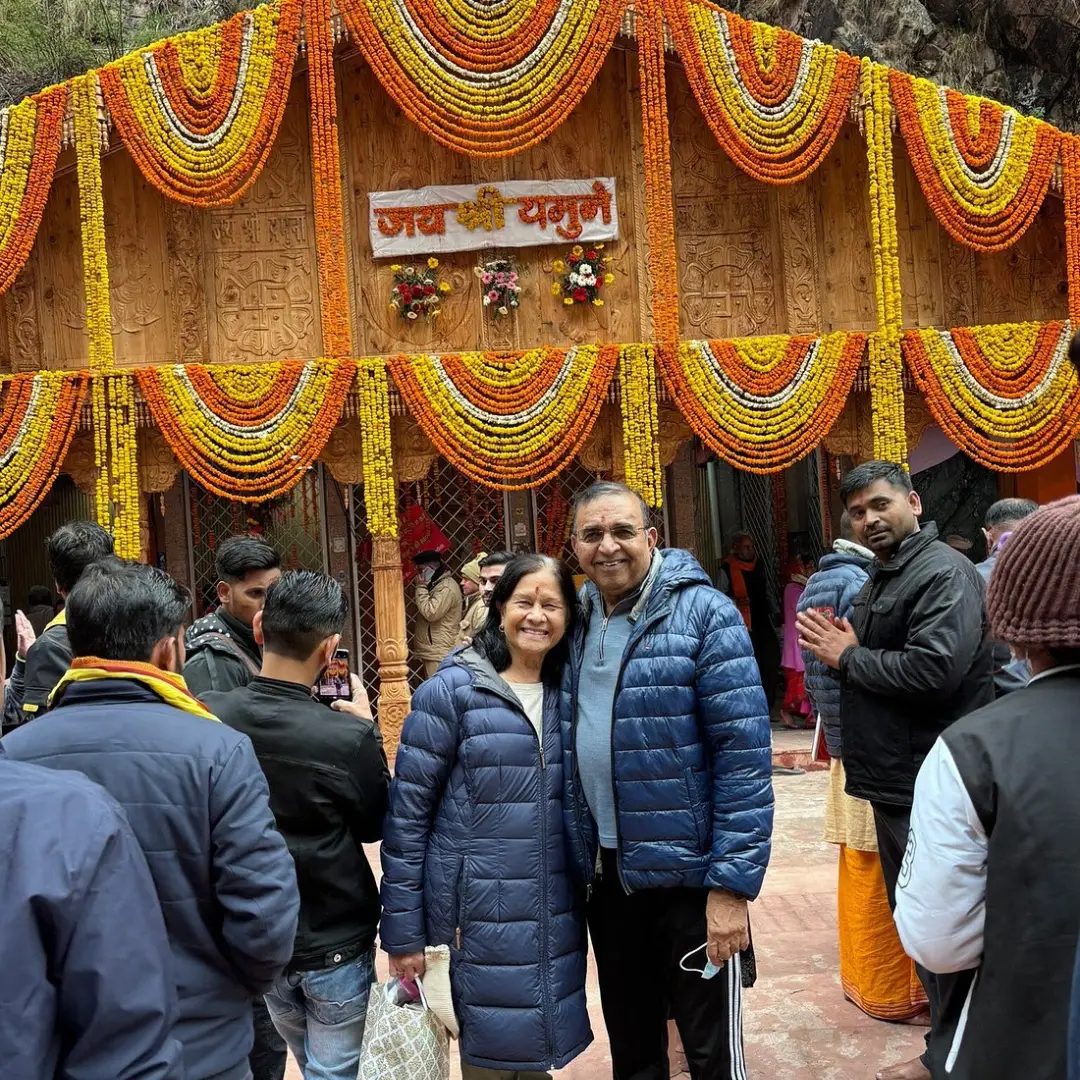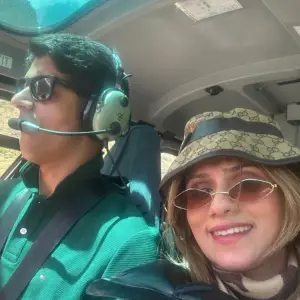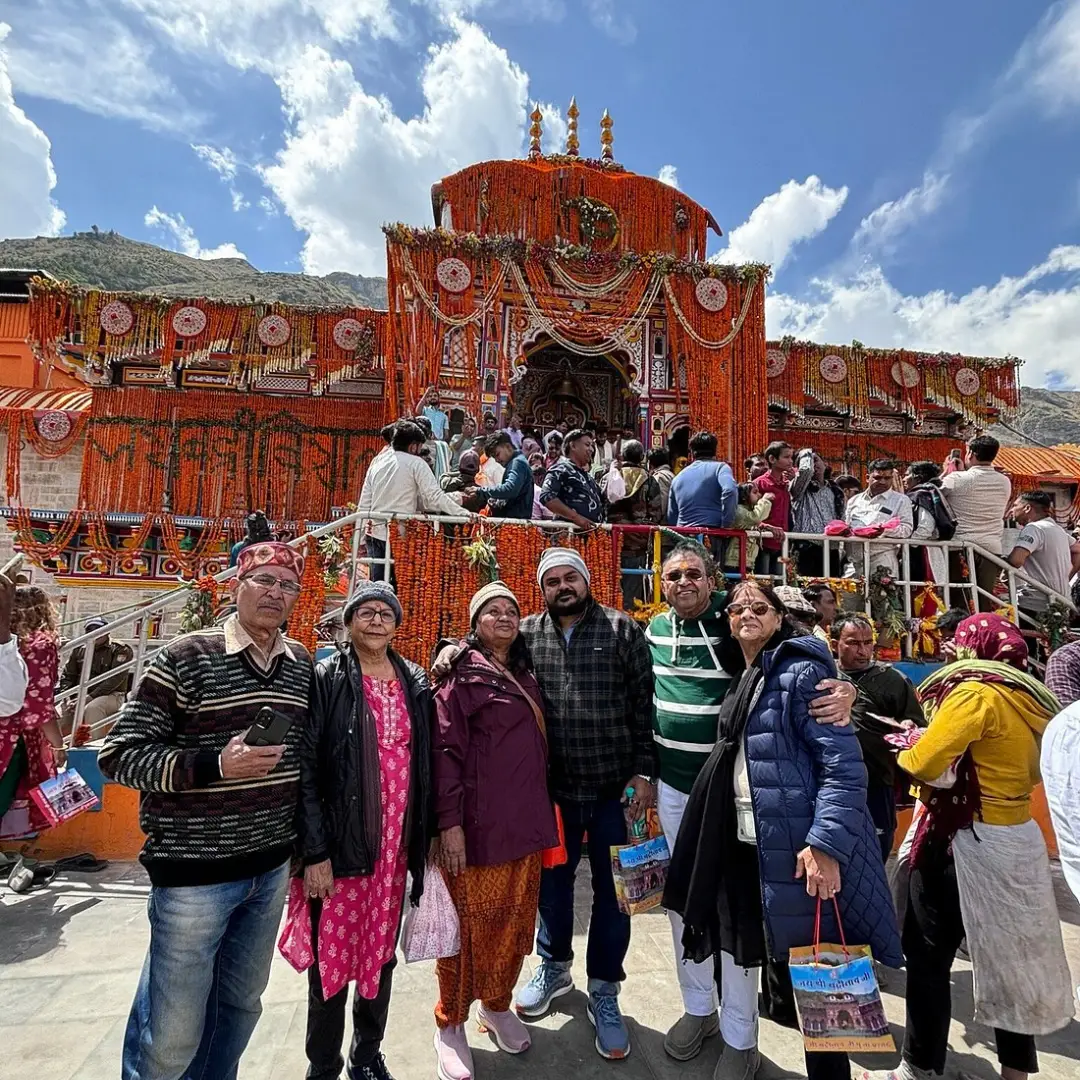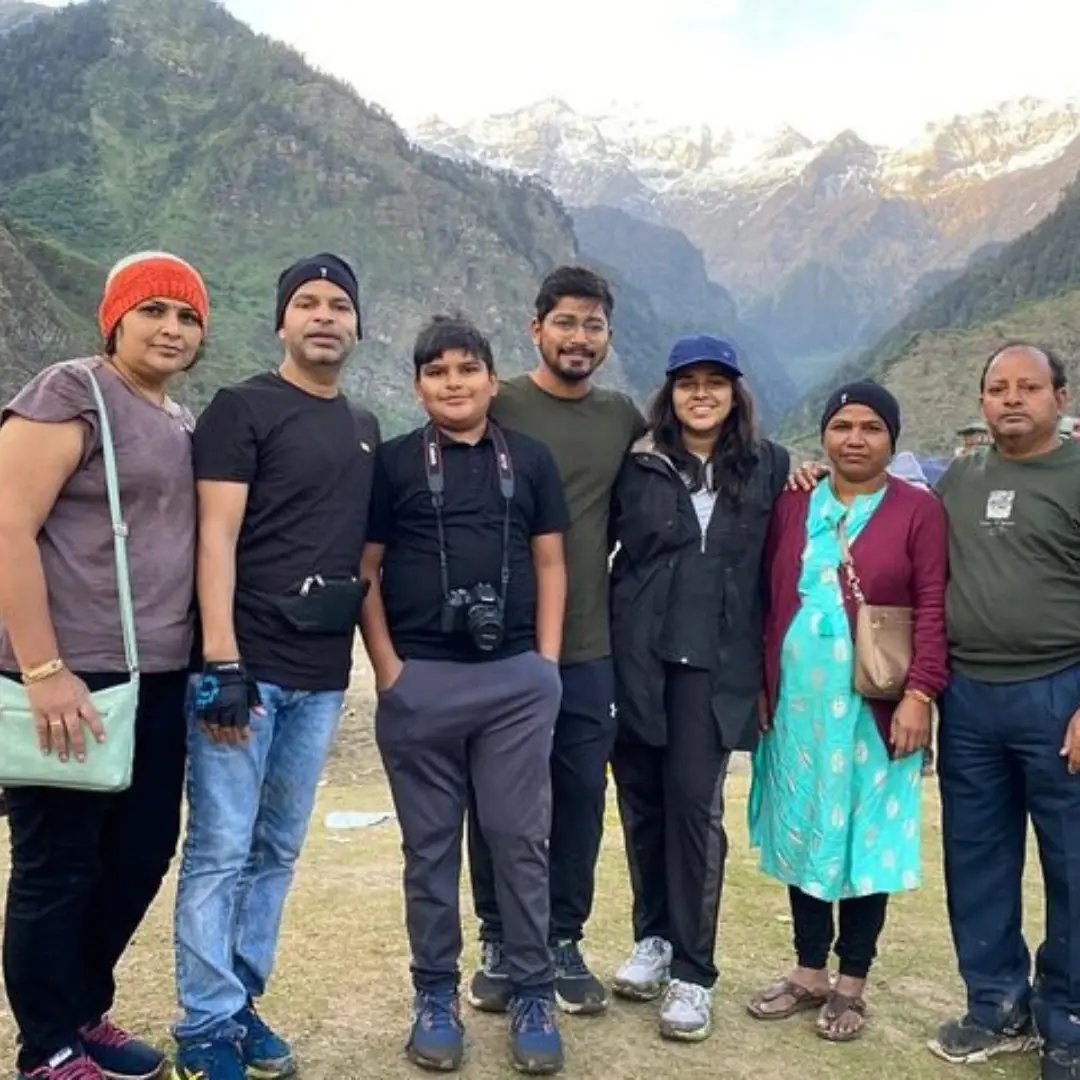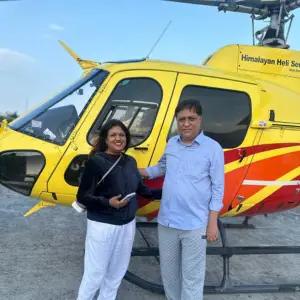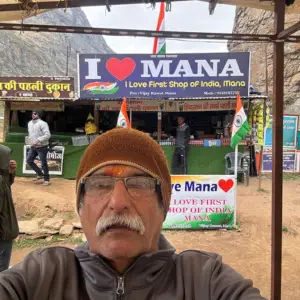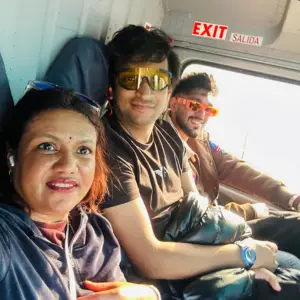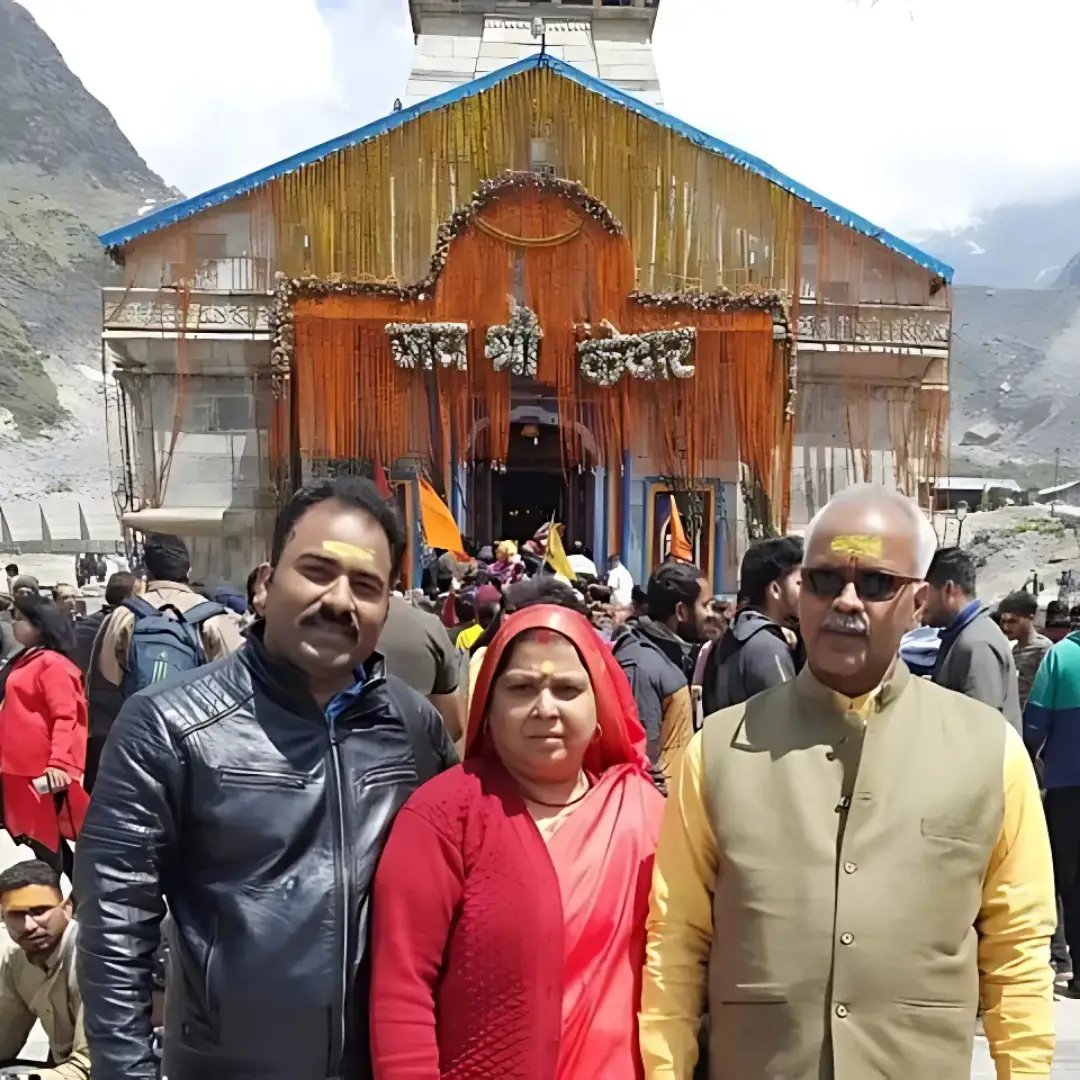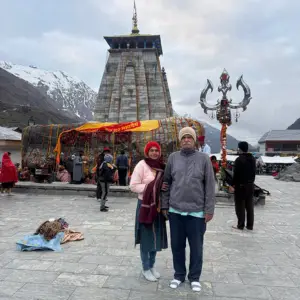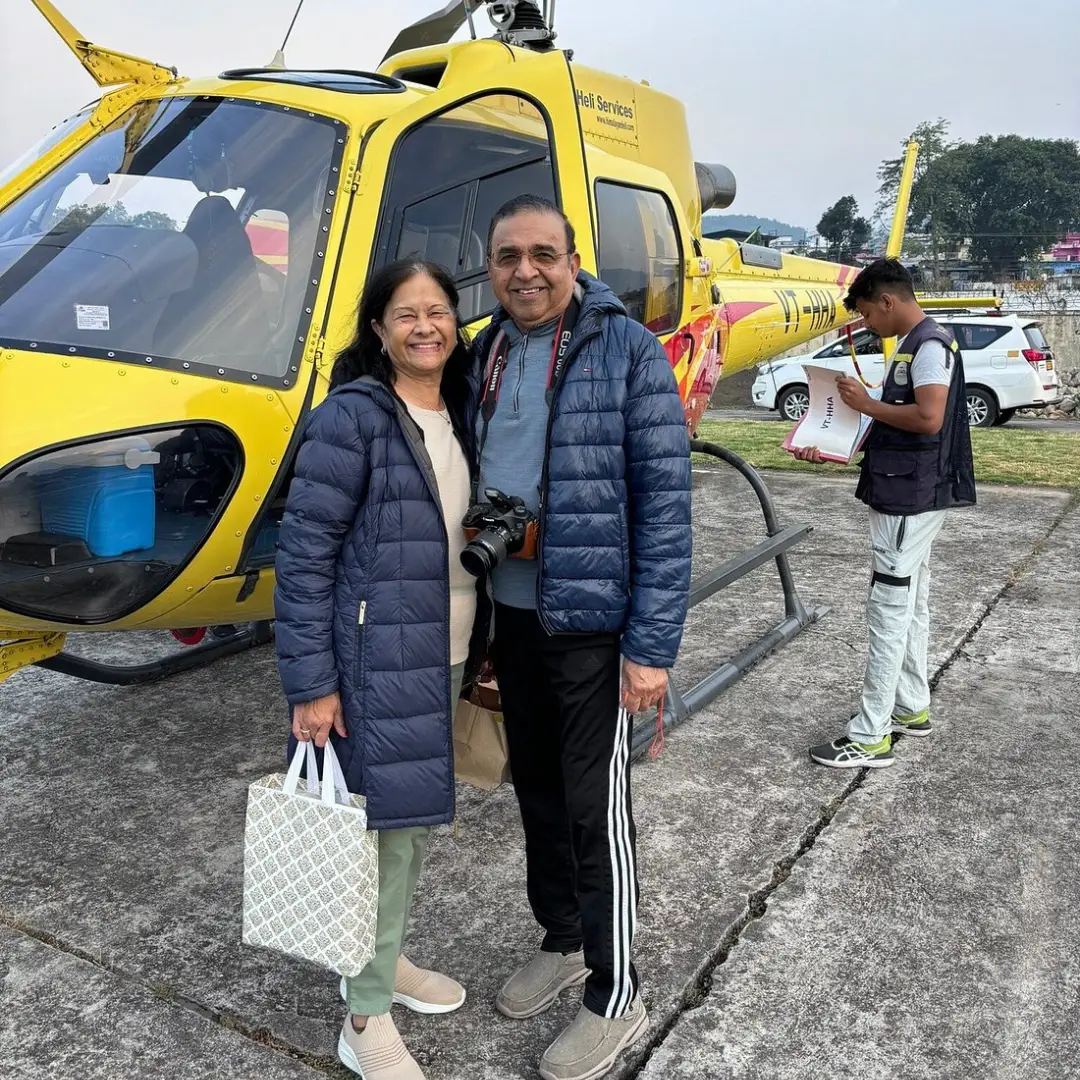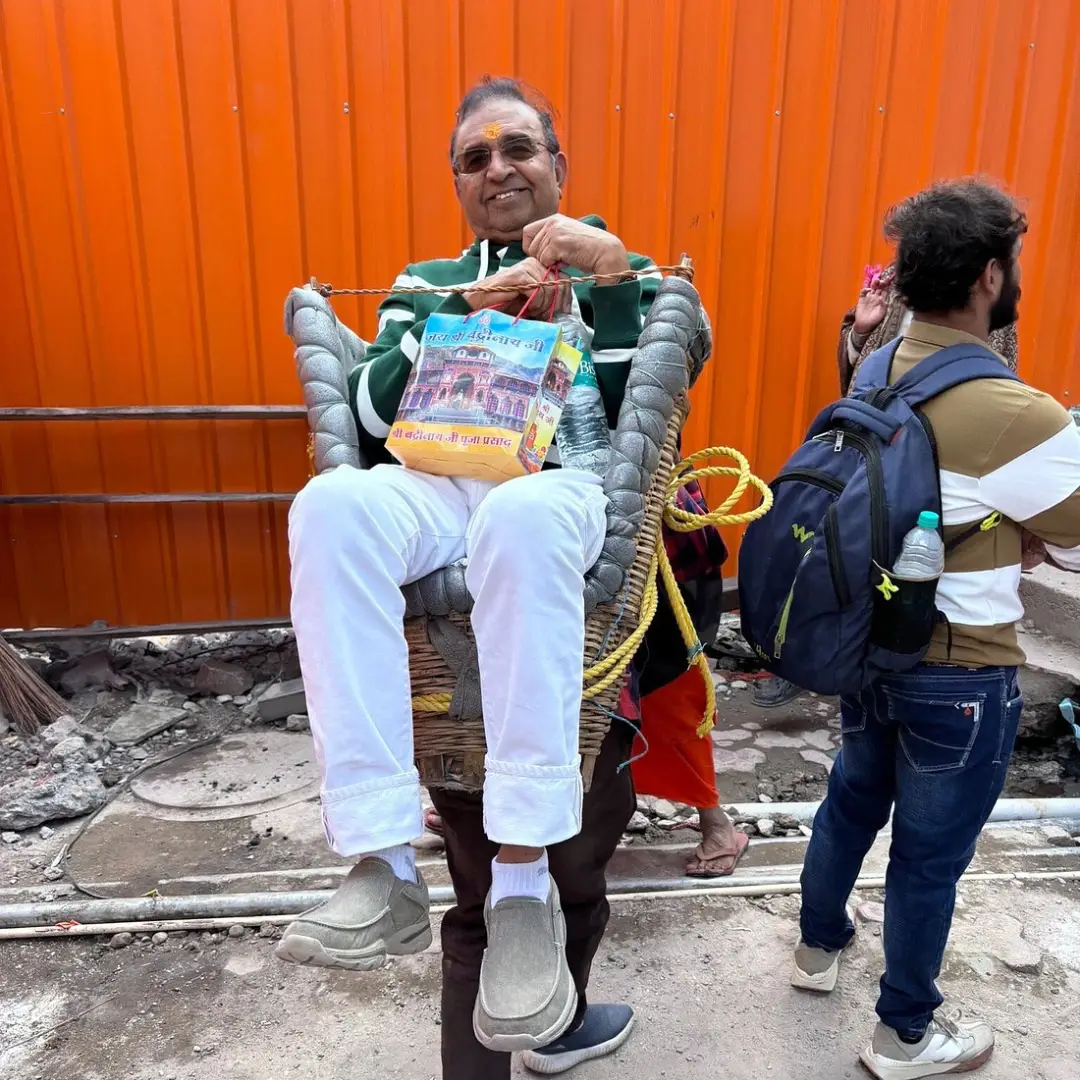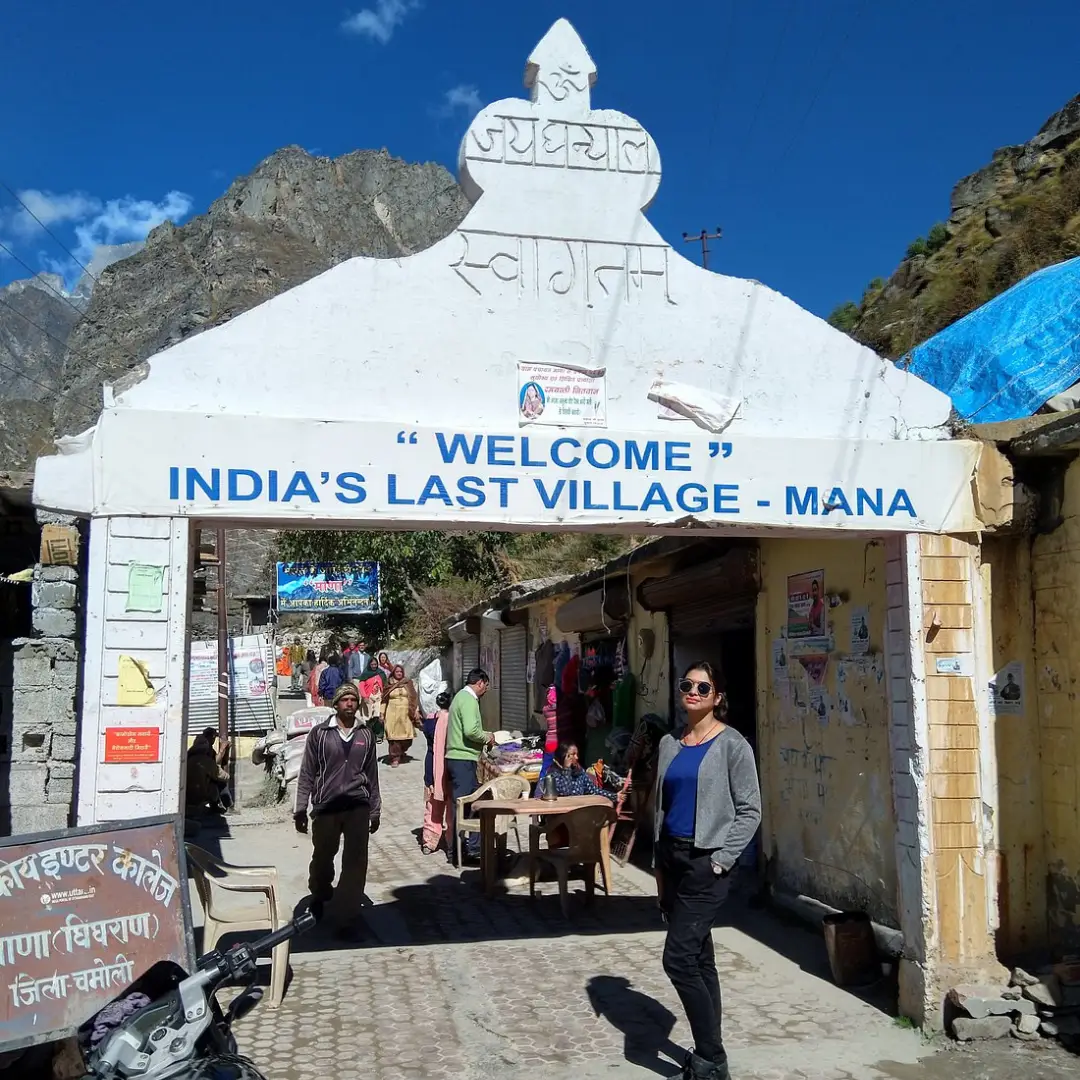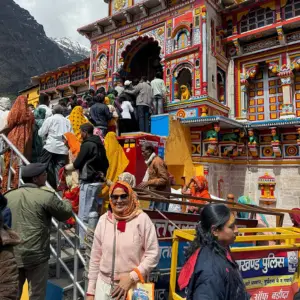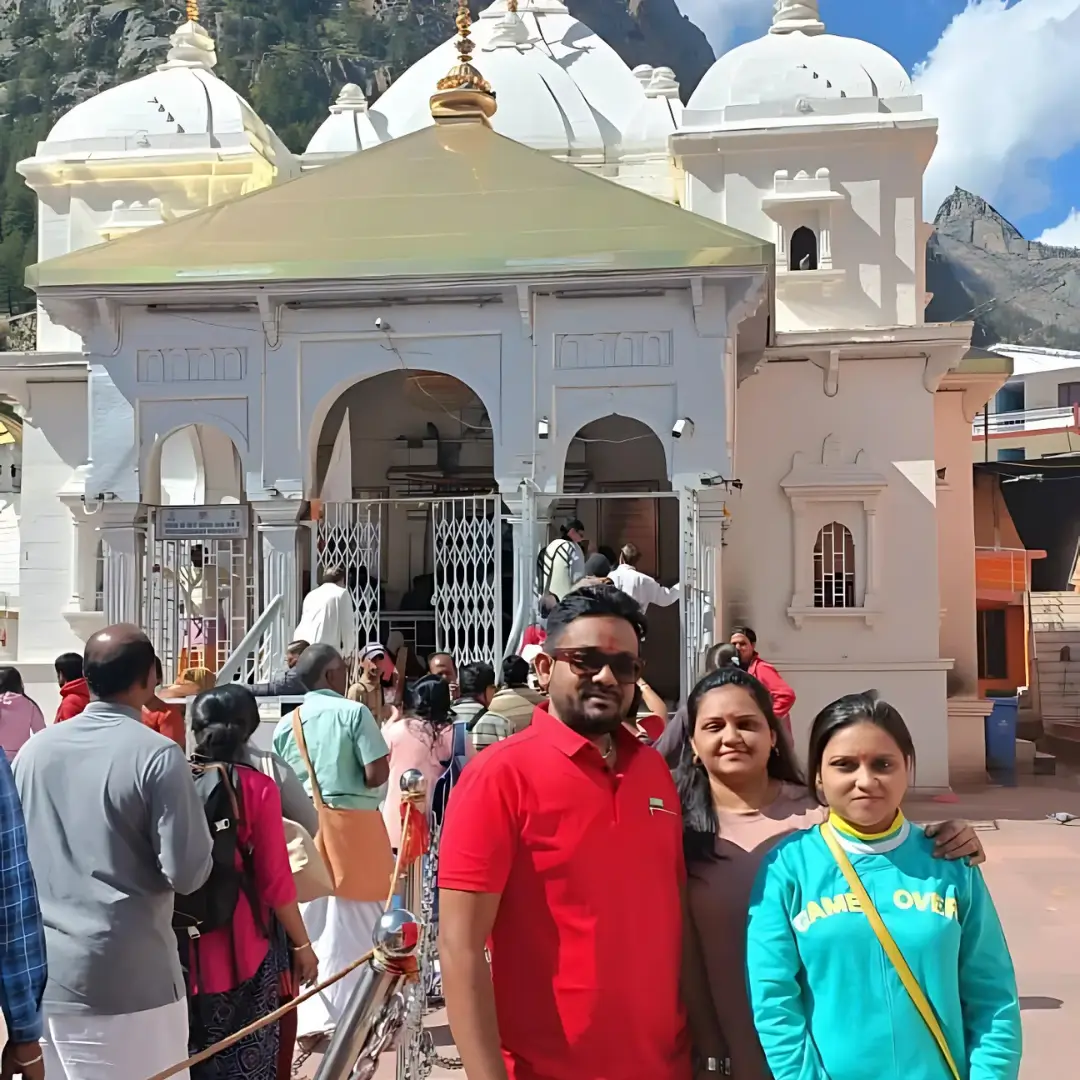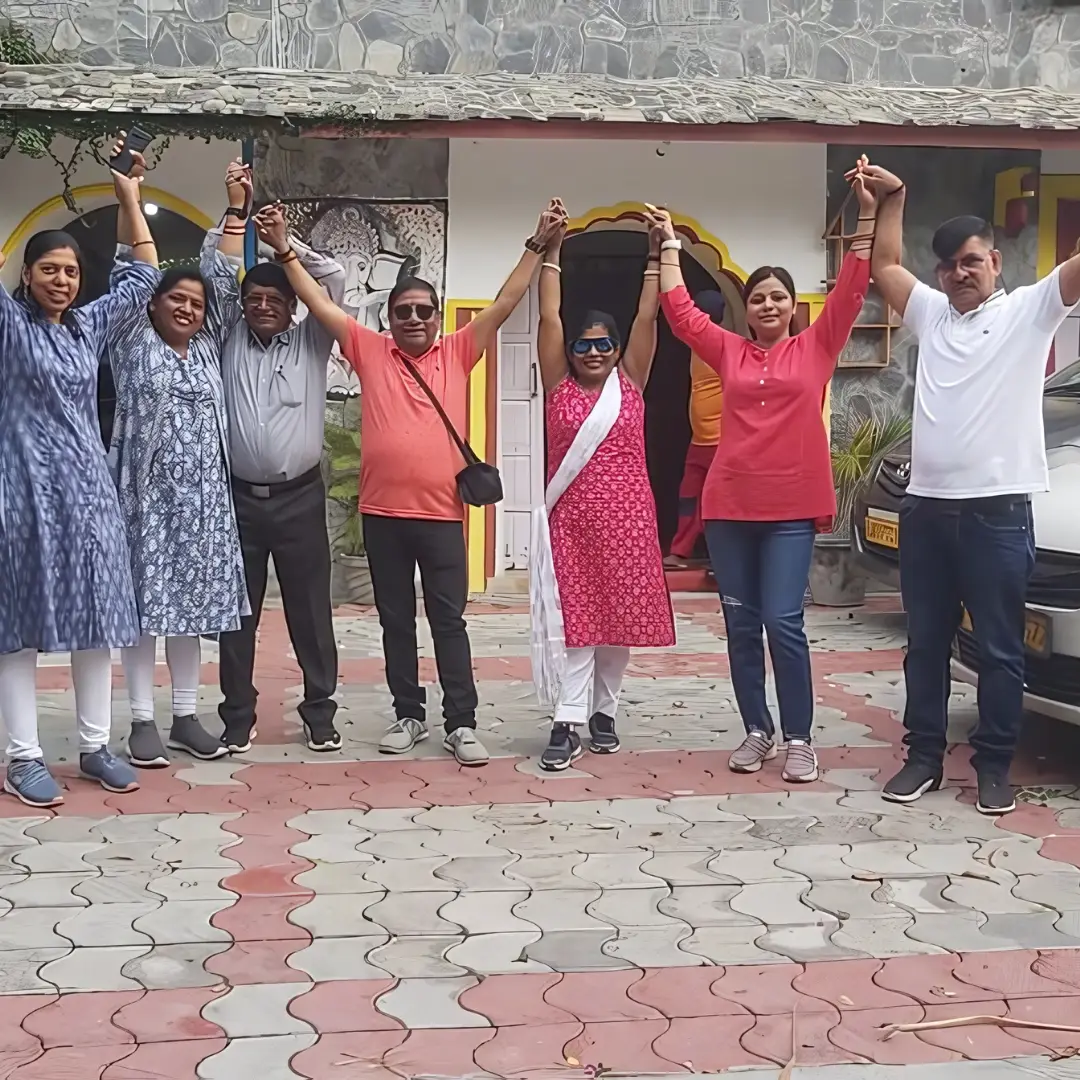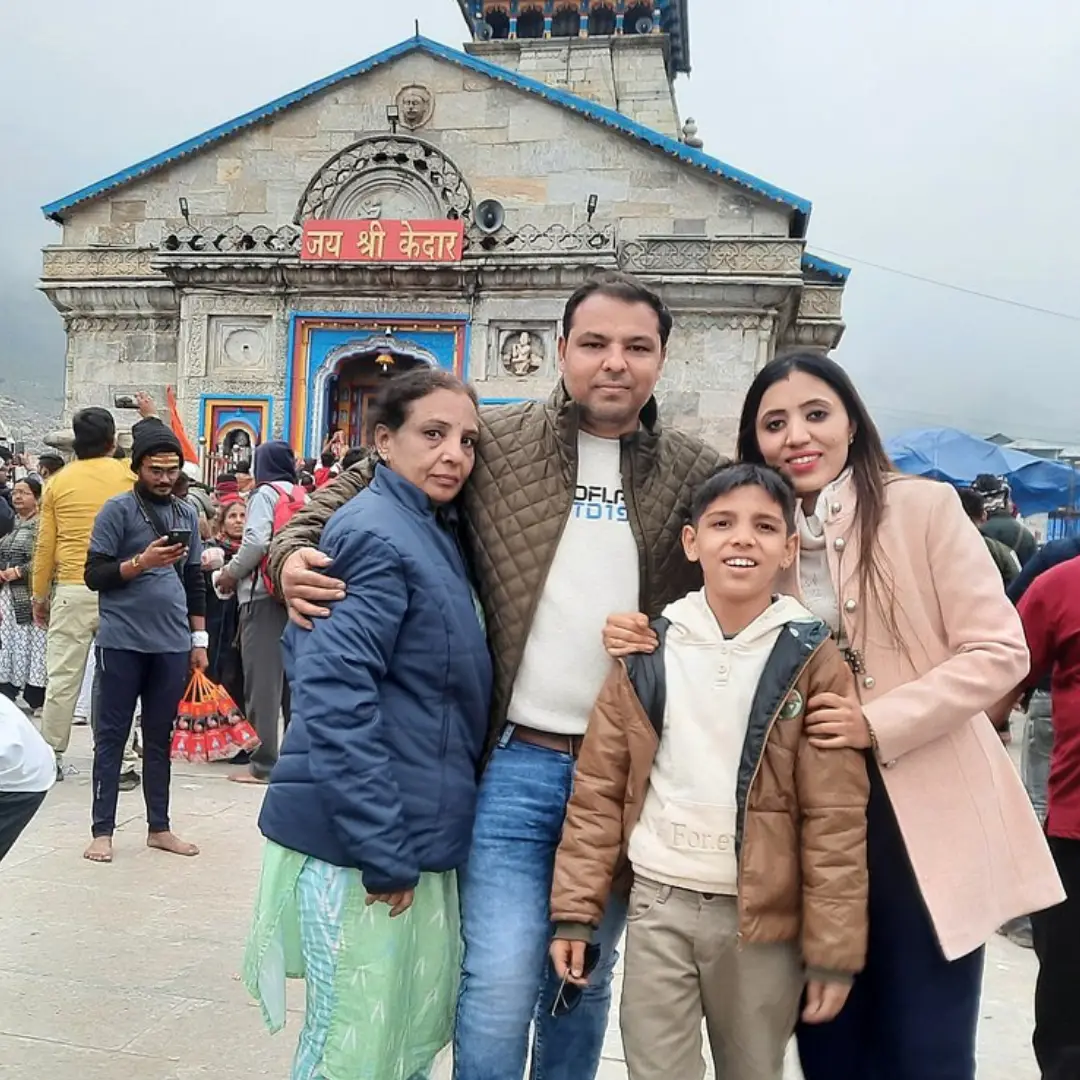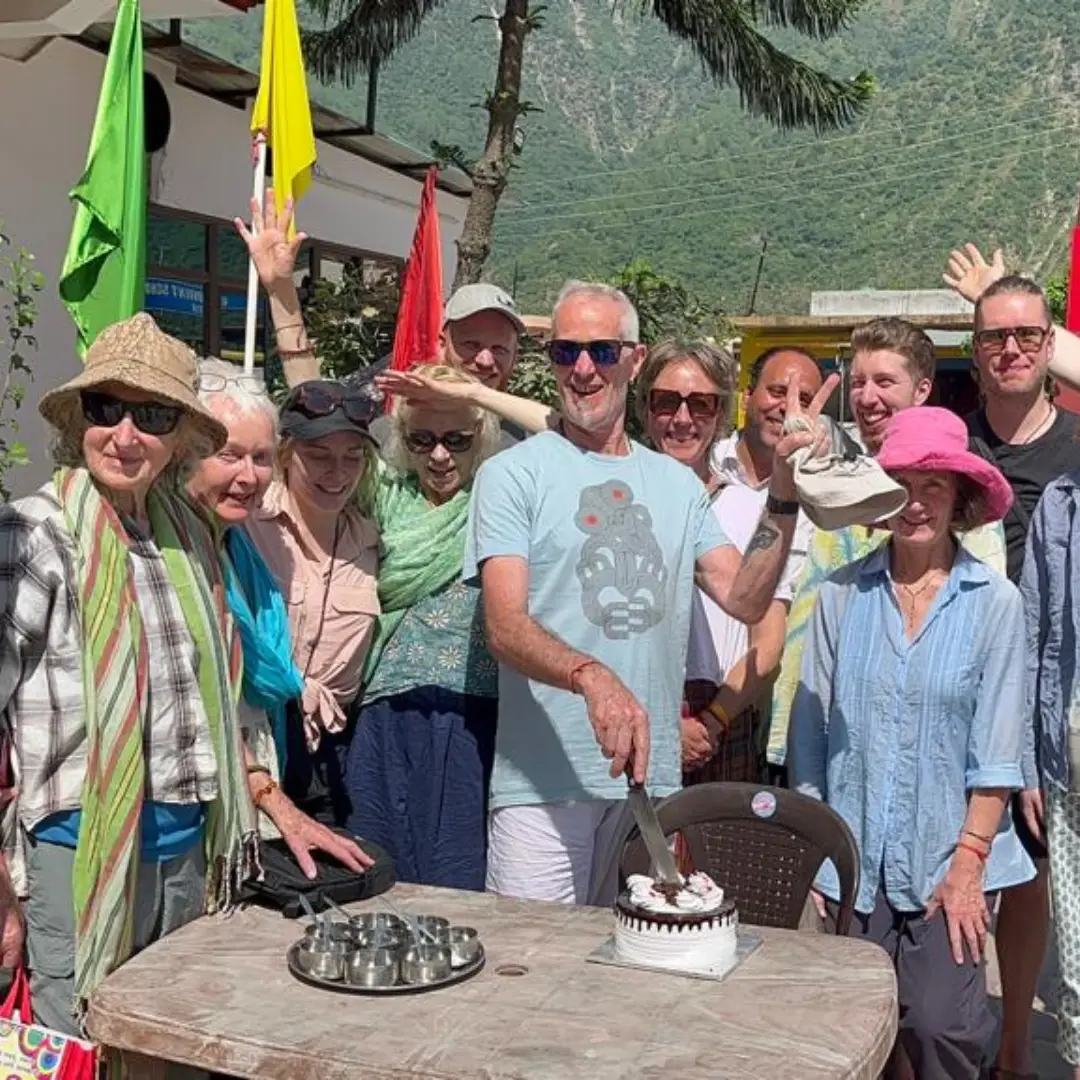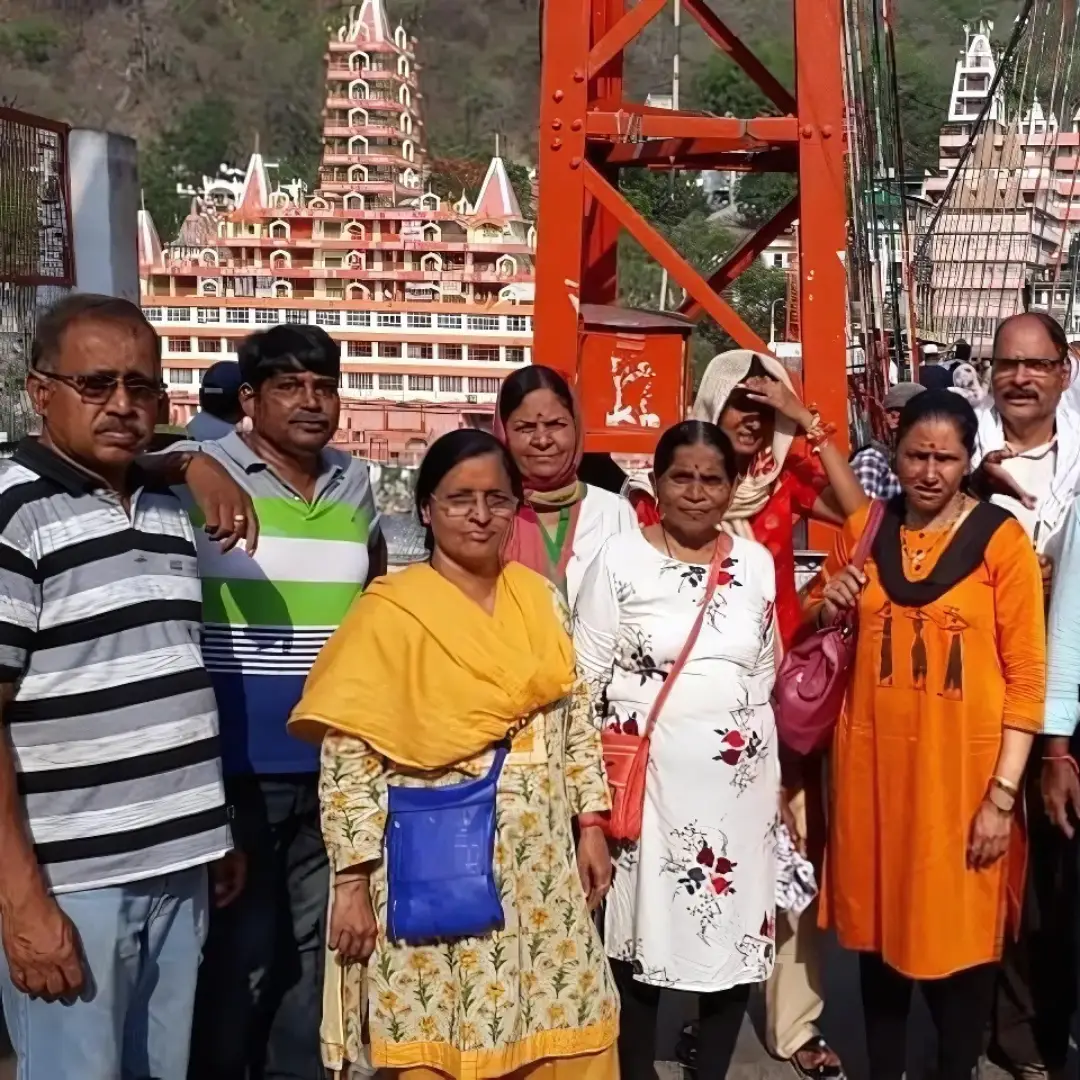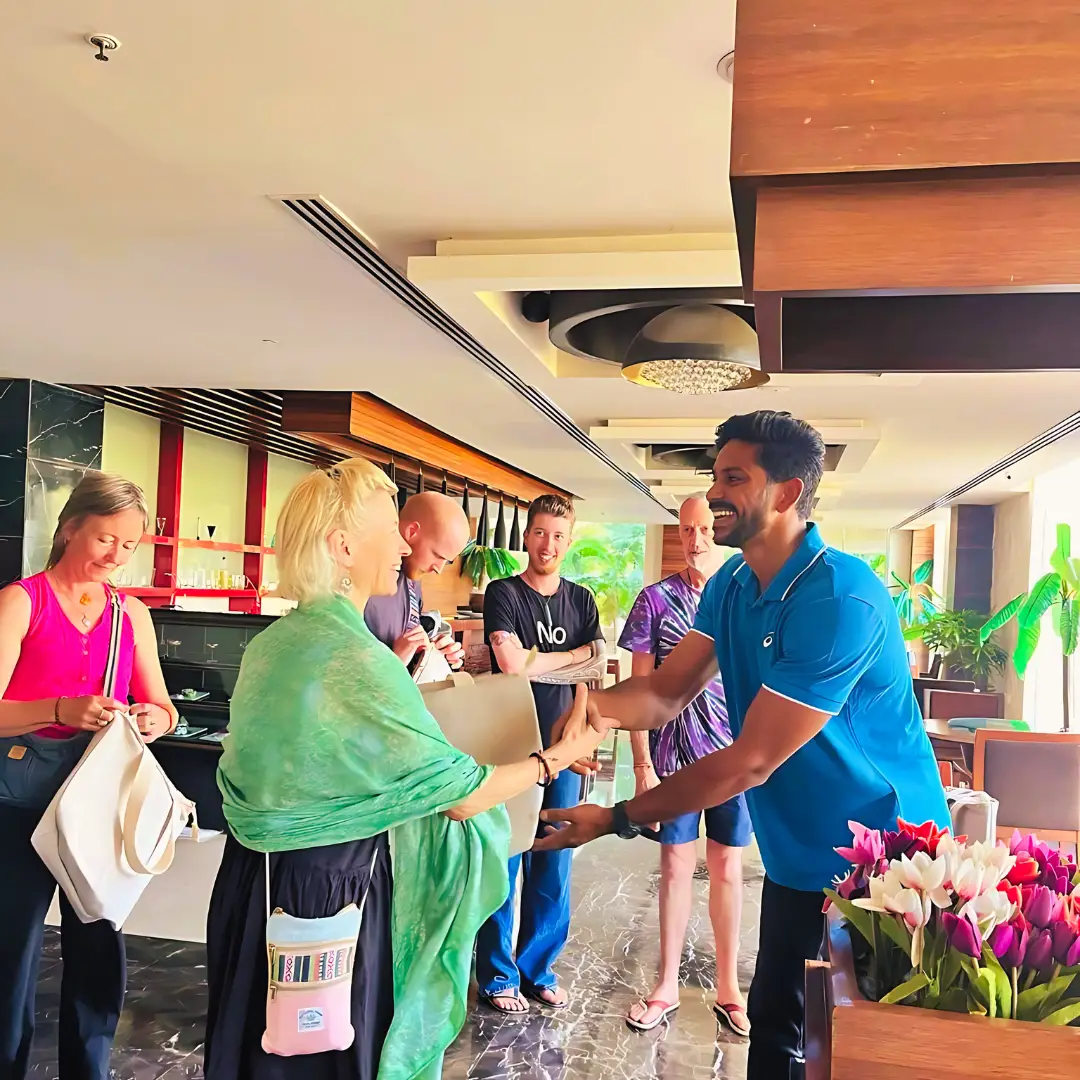Trek to Valley of Flowers: Route, Distance & Trail Details
The Trek to Valley of Flowers mixes road travel with trekking through varied terrain. You start at Govindghat (1,828 m), ride or walk 3–4 km to Pulna, then trek uphill for 10–13 km to Ghangaria (3,049 m). From there, it’s a final 3–4 km push to reach the Valley at around 3,650–3,858 m. That means about 13–17 km covering just over 1,800 m of climb on the first trekking day, with mix of stone paths, streams, and occasional tricky patches. The most scenic moments come as you close in on the valley—flowers, waterfalls, distant peaks. You’ll find mules, porters, or optional helicopter shuttles to help carry gear or save time.
Govindghat → Pulna: 3–4 km (shared taxi or walk)
Pulna → Ghangaria: 10–13 km uphill; expect 4–6 hours
Ghangaria → Valley: 3–4 km; around 2–3 hours
Total altitude gain: ~1,830 m to ~3,650 m
Helicopter option cuts the trekking time by 4–6 hours
Trek to Valley of Flowers: Best Time, Weather & Safety Tips
Timing your Trek to Valley of Flowers is vital—choose wisely and it becomes magical; mis-time it and you risk mud, rain, and fewer blooms. The park opens around June 1 and closes by October 31. Peak floral beauty arrives mid-July through early September after monsoon showers. Late August and early September can offer full blooms plus fewer crowds and clearer skies. Monsoon rains (mainly July) can make paths slippery and risky, so starting early and avoiding heavy-rain days is smart. You’ll want waterproof gear, trekking poles, and good boots. Also, aim to enter the valley before 2 PM and exit before 5 PM as park rules require.
Peak bloom: mid-July to early September
Trek window: June 1 to October 31
Avoid heavy monsoon days; prefer late August on weekdays
Gear: waterproof jacket, trekking poles, sturdy boots
Park timing: enter only between 7 AM and 2 PM; exit by 5 PM
Trek to Valley of Flowers: Permits, Entry Fees & Rules
A Trek to Valley of Flowers requires a permit and fees, especially during busy seasons. You can get the permit online or at the checkpost in Ghangaria. Fees are around ₹150 for Indians and ₹600 for foreigners, good for a three-day visit, with small extra costs for extra days. You must carry ID and follow the entry/exist schedule. Overnight camping in the valley is not allowed—lodging is only in Ghangaria or Govindghat. No picking or damaging flowers or littering. The rules are firm, but that’s why the valley stays so vibrant.
Entry fee: ₹150 for Indians, ₹600 for foreigners (3-day pass)
Valid ID required (Aadhaar, passport, driver’s license)
Park hours: 7 AM–2 PM entry; 5 PM exit
No overnight stay in the valley; lodge in Ghangaria or Govindghat
No littering, flower-plucking, or off-trail wandering
Trek to Valley of Flowers: Wildlife, Wildflowers & Nature Highlights
Hiking through the valley means walking amid a living tapestry—over 600 species of alpine flowers from Blue Poppy and Brahma Kamal to Cobra Lily and Primula. You won’t only get flowers; if you’re lucky you’ll glimpse wildlife like snow leopards, Himalayan black bears, musk deer, blue sheep, and the colorful Himalayan monal. This is one of India’s richest high-altitude biodiversity zones. The flow of streams and peaks towering overhead makes the whole experience feel vivid, alive, and deeply connected to the unfolding forest and river ecosystems.
Around 600 alpine flower types
Rare flowers: Blue Poppy, Brahma Kamal, Cobra Lily
Possible wildlife sightings: snow leopard, black bear, musk deer, blue sheep
Birdlife: Himalayan monal and other high-altitude species
Ideal for nature lovers, photographers, and botany enthusiasts
Trek to Valley of Flowers: Accommodation & Meal Planning
For a Trek to Valley of Flowers, accommodation is outside the valley proper. Ghangaria is your base—small guesthouses (₹400–1,500), state-run lodge, and a Gurudwara offering free shelter and meals. Govindghat and Joshimath offer more budget guesthouses or lodges at ₹500–2,000. Food is basic but enough: dal-rice, parathas, Maggi noodles, tea, costing ₹100–400 per meal. You’ll want your own snacks, electrolytes, and a refillable bottle with purification tabs—a simple but smart way to push costs all the way down and always stay fueled.
Lodging: ₹400–1,500 per night in Ghangaria; free options at Gurudwara
Govindghat rooms: ₹500–2,000 per night
Meals cost ₹100–400; stock snacks and electrolyte packs
Refillable bottle with purification tabs recommended
Trek to Valley of Flowers: Gear, Health & Safety
For your Trek to Valley of Flowers, good gear equals better comfort. Expect chilly mornings (5–20 °C), chilly streams, and muddy paths—pack waterproof outerwear, trekking poles, sturdy boots, wool socks, gloves, and a headlamp. A small first-aid kit, altitude sickness meds like acetazolamide, sunscreen, sunglasses, a power bank, and a refillable bottle are key. Health-wise: hydrate often, eat snacks, pace yourself, and acclimate overnight. A guide or porter adds safety, especially if you’re new to altitude.
Waterproof jacket, trekking poles, gaiters, sturdy boots
Wool layers, gloves, headlamp, power bank
First-aid kit, altitude medication, sunscreen, sunglasses
Hydration, regular snacks, slow pace, overnight acclimatization
Guide or porter increases comfort and safety
Trek to Valley of Flowers: Helicopter, Porter & Trekking Packages
Want to lighten up your Trek to Valley of Flowers? Helicopter shuttles from Govindghat to Ghangaria cost around ₹2,000 one-way—saving hours and energy. Porters or ponies are affordable too, around ₹500–1,500 per day for your gear. Full-service Valley of Flowers trek packages fall between ₹7,000 and ₹18,000 per person, including transport, guide, accommodation, meals, and permits. Whether it’s a fully guided setup or mostly DIY with a little help, supporting your limits lets you focus on the beauty of the walk.
Helicopter standby: ₹2,000–4,000 one-way or round trip
Porter or pony: ₹500–1,500 per day
Trek packages: ₹7,000–18,000 including guidance, permits, meals, lodgings
Mix-and-match options for full or partial support
Trek to Valley of Flowers: Environmental Responsibility & Respect
Taking a Trek to Valley of Flowers means enjoying a rare, delicate ecosystem. Park rules help keep it that way—no littering, no picking flowers, no off-trail roaming. Carry reusable waste bags, minimize plastic, and stick to established paths. Guides and porters follow Leave-No-Trace principles. It might feel like common sense, but the fragile alpine plants and slow-recovering terrain need everyone to treat it kindly. The valley thrives when we all leave it better than we found it.
Carry reusable bags; take out your own trash
Stick to the official trail; avoid shortcuts
Bring snacks with minimal plastic packaging
Support eco-aware guides and local businesses
Observe wildlife quietly and respectfully
Trek to Valley of Flowers: Building Trust & Planning Ahead
If you’re making plans for a Trek to Valley of Flowers, you’re backed by genuine data and solid advice. The park opens annually June 1, and in 2025 a reliable online permit service and permit center are in place. There’s a known rocky section still rough from past floods, and local trekkers suggest planning for late August visits when blooms are high. Forest department rules, independent reviews, and expert botanist findings all confirm that this trek delivers on its promise. You’ll be hiking in a place that’s protected, well-studied, and intentionally preserved—so your time here is authentic and safe.
Valley area: about 87.5 km² with elevations up to 3,658 m
Trek window: June 1 to October 31; better blooms late July–September
Known tricky trail segments; updated maps and guides improve safety
Local wisdom and expert field reports support timing decisions
Park overseen by forest authorities and informed by scientific research
